Reading List
Introduction
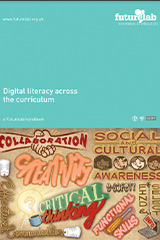
Digital Literacy Across the Curriculum
Digital literacy is an important entitlement for all young people in an increasingly digital culture. It furnishes children and young people with the skills, knowledge, and understanding that will help them to take a full and active part in social, cultural, economic, civic and intellectual life now and in the future. To be digitally literate is to have access to a broad range of practices and cultural resources that you are able to apply to digital tools. It is the ability to make and share meaning in different modes and formats; to create, collaborate, and communicate effectively and to understand how and when digital technologies can best be used to support these processes.
By Sarah Payton and Cassie Hague
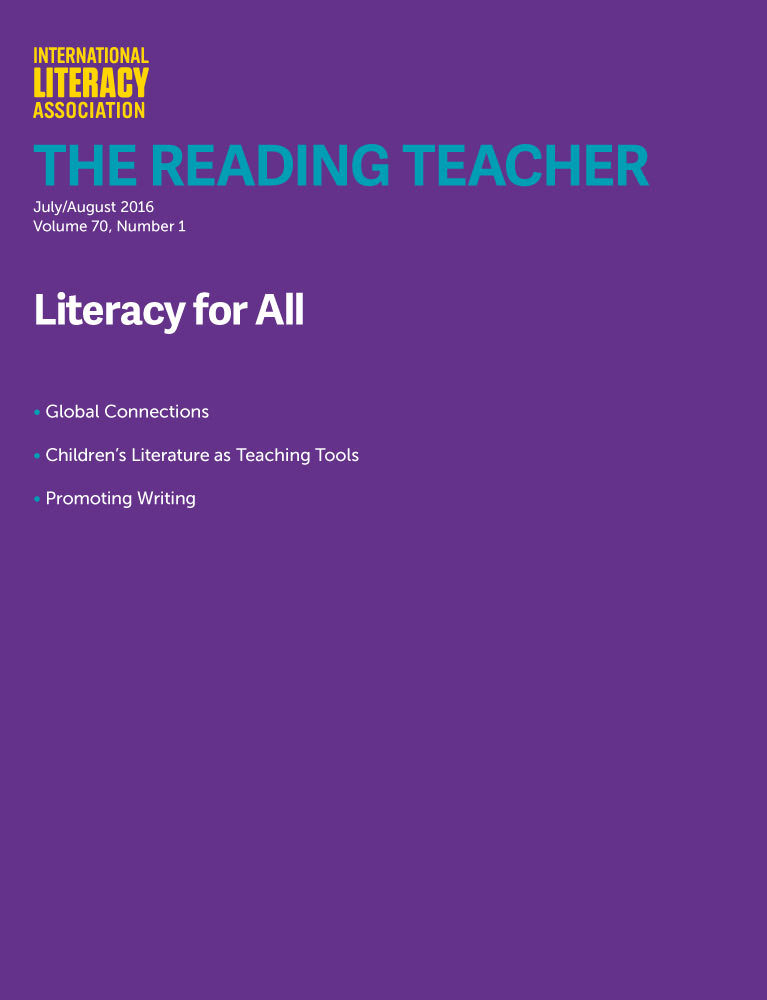
Exploring Digital Literacy Practices in an Inclusive Classroom
This article explores how students in a diverse inclusive classroom engage in 21st century literacies. The authors provide an overview of digital literacy practices that foster collaboration and civic engagement.
By Detra Prince-Dennis and Kathlene Holmes Campbell
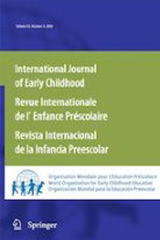
Supporting Literacy and Digital Literacy Development in Early Childhood Education Using Storytelling Activities
Educators have increasingly adopted formalized approaches for teaching literacy skills in early childhood education. In line with an emergent critique of this approach, the present study investigated the design and effectiveness of a literacy intervention that blended Gagné’s nine events of instructional design with storytelling. Three classes in a public preschool in Indonesia participated in an experimental study involving 45 children, aged 5–6 years. Across 3 weeks, one experimental condition received storytelling activities and a second experimental condition received digital storytelling activities. The control condition received regular literacy classroom activities. Before, and after, the 3-week storytelling intervention, measures of literacy and digital literacy skills were administered to all groups. In the digital storytelling condition, children’s literacy skills increased significantly compared to children in the control condition. Other exploratory data analyses suggested that both types of storytelling activities enhanced digital literacy skills. The findings need to be replicated with an extended series of storytelling activities that involve larger groups of participants.
By Irena Y. Maureen, Hans van der Meij and Ton de Jong
Using Technology
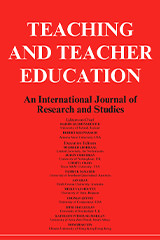
The Myths of the Digital Native and the Multitasker
Current discussions about educational policy and practice are often embedded in a mind-set that considers students who were born in an age of omnipresent digital media to be fundamentally different from previous generations of students. These students have been labeled digital natives and have been ascribed the ability to cognitively process multiple sources of information simultaneously (i.e., they can multitask). As a result of this thinking, they are seen by teachers, educational administrators, politicians/policymakers, and the media as requiring an educational approach radically different from that of previous generations. This article presents scientific evidence showing that there is no such thing as a digital native who is information-skilled simply because (s)he has never known a world that was not digital. It then proceeds to present evidence that one of the alleged abilities of students in this generation, the ability to multitask, does not exist and that designing education that assumes the presence of this ability hinders rather than helps learning. The article concludes by elaborating on possible implications of this for education/educational policy.
By Paul A. Kirschner & Pedro De Bruyckere

Myths and Realities About Technology in K-12 Schools
This article provides a breakdown of common myths or misconceptions about technology in the classroom debunked and explored. The article appears in The Digital Classroom: How Technology is Changing the Way We Teach and Learn, a book-length special report from the Harvard Education Letter featuring articles and essays on topics like professional development, distance learning, the digital divide, special needs, using technology to teach science, math, reading and writing, and more.
By Glenn M. Kleiman
Online Communication
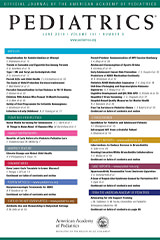
Children and Adolescents and Digital Media
Today’s children and adolescents are immersed in both traditional and new forms of digital media. Research on traditional media, such as television, has identified health concerns and negative outcomes that correlate with the duration and content of viewing. Over the past decade, the use of digital media, including interactive and social media, has grown, and research evidence suggests that these newer media offer both benefits and risks to the health of children and teenagers. Evidence-based benefits identified from the use of digital and social media include early learning, exposure to new ideas and knowledge, increased opportunities for social contact and support, and new opportunities to access health promotion messages and information. Risks of such media include negative health effects on sleep, attention, and learning; a higher incidence of obesity and depression; exposure to inaccurate, inappropriate, or unsafe content and contacts; and compromised privacy and confidentiality. This technical report reviews the literature regarding these opportunities and risks, framed around clinical questions, for children from birth to adulthood. To promote health and wellness in children and adolescents, it is important to maintain adequate physical activity, healthy nutrition, good sleep hygiene, and a nurturing social environment. A healthy Family Media Use Plan (www.healthychildren.org/MediaUsePlan) that is individualized for a specific child, teenager, or family can identify an appropriate balance between screen time/online time and other activities, set boundaries for accessing content, guide displays of personal information, encourage age-appropriate critical thinking and digital literacy, and support open family communication and implementation of consistent rules about media use.
By Yolanda (Linda) Reid Chassiakos, Jenny Radesky, Dimitri Christakis, Megan A. Moreno, Corinn Cross and Council on Communications and Media
Creativity
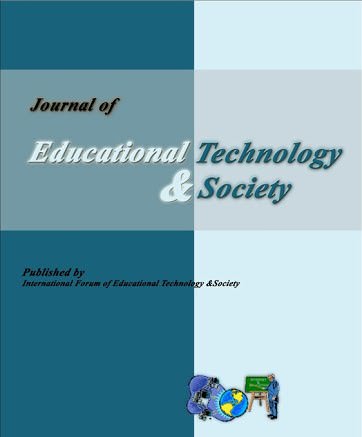
Infusing Creativity and Technology in 21st Century Education
In this article, we explore creativity alongside educational technology, as fundamental constructs of 21st century education. Creativity has become increasingly important, as one of the most important and noted skills for success in the 21st century. We offer a definition of creativity; and draw upon a systems model of creativity, to suggest creativity emerges and exists within a system, rather than only at the level of individual processes. We suggest that effective infusion of creativity and technology in education must be considered in a three-fold systemic manner: at the levels of teacher education, assessment and educational policy. We provide research and practical implications with broad recommendations across these three areas, to build discourse around infusion of creative thinking and technology in 21st century educational systems.
By Danaha, Punya, and Petra
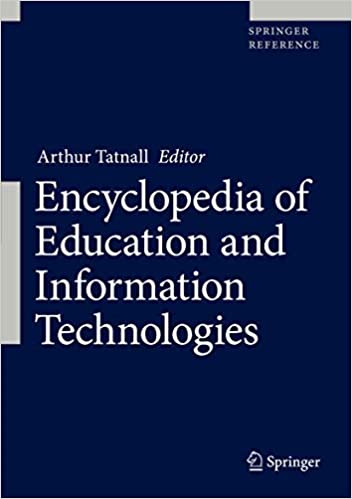
Digital Literacy, Creativity, and Autonomous Learning
Today, most people use technology not only during their formal education, in their professions or jobs but also in pastime activities in which they are motivated to produce a digital artifact (e.g., music, art, movies, apps for mobiles) or to solve problems related to their interests or hobbies. These pastime activities have a very strong creative potential. At the beginning, people usually have an idea or a problem to consider without having any notions about which technology would be needed or even if they are capable of using such technology (see DIY or makerspace initiatives). People having such problems use technology to find solutions. In such cases, they rarely have any prior specific training and they start learning autonomously in their own time, using their own way and having in mind their own idea of digital artifacts. As a result of their creative approach, they may come up with one or more “original” solutions. The development of young people’s skills to use digital technology is not only a school issue provided by the curriculum but also mainly derives from their day-to-day experience, interest, and needs outside the school context. Young people tend to learn from one another in their free time how to use technology, share with each other what they have done with technologies, consult each other, and discover how to use technology and for what. Consequently, this entry aims to present growing digital literacy through creativity and autonomous learning.
By Černochová & Selcuk
Collaboration

Collaborative learning practices: teacher and student perceived obstacles to effective student collaboration
While the educational literature mentions several obstacles affecting the effectiveness of collaborative learning (CL), they have often been investigated through the perceptions of only one actor, either teachers or students. Therefore, some sources of obstacles that teachers and students encounter may not have been revealed. In this study, 19 teachers and 23 students in different disciplines at a pre-service teacher education faculty at a university in Vietnam were interviewed. In total, 47% of the teachers taught science subjects and 53% taught social subjects; 35% of the students majored in science subjects, 57% in social subjects, and 8% in primary education. With regard to study cohorts, 22% of the students were in the first and second year while 78% were in the third and fourth year of their four year bachelor’s programme. These programmes produce qualified teachers for primary and secondary schools nationwide. Based on grounded theory analysis, four common obstacles to collaboration were identified: students’ lack of collaborative skills, free-riding, competence status, and friendship. Furthermore, the results showed three interrelated antecedents that contribute to these obstacles. Central to the antecedents is the strong focus of the teachers on the cognitive aspects of CL, which led the participating teachers to neglect the collaborative aspects of CL. These antecedents were demonstrated in the ways teachers set CL goals, provided instruction, and assessed student collaboration. This study may be useful for educators, designers, and researchers to foster the quality of student collaboration.
By Ha Le, Jeroen Janssen and Theo Wubbels
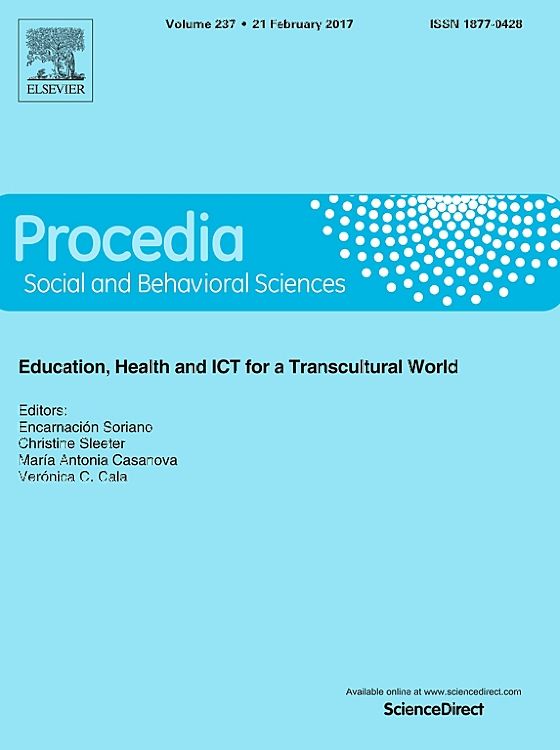
Benefits of collaborative learning
Collaborative learning is an educational approach to teaching and learning that involves groups of learners working together to solve a problem, complete a task, or create a product. This review article outlines benefits of learning in collaboration style, begins with the concept of the term and continues with the advantages created by collaborative methods. This paper sets out major benefits of collaborative learning into four categories of; social, psychological, academic, and assessment benefits. Each of them is further subdivided to more specific themes.
By Marjan Laal & Seyed Mohammad Ghodsi
Roll of Technology

Examining Teachers’ Beliefs About the Role of Technology in the Elementary Classroom
Although teachers today recognize the importance of integrating technology into their curricula, successful implementation often is hampered by both external (first-order) and internal (second-order) barriers. This study was designed to examine the relationship between first- and second-order barriers to technology implementation by observing and interviewing several teachers within a single school who had achieved varying levels of integration. Although first-order barriers constrained all teachers’ efforts in this school, teachers responded differently to these constraints based at least in part on their beliefs about what constitutes effective classroom practice. Strategies for technology staff development are discussed.
By Peggy A Ertmer, Paul Addison, Molly Lane, Eva Ross, and Denise Woods

How Technology is Changing Work and Organizations
Given the rapid advances and the increased reliance on technology, the question of how it is changing work and employment is highly salient for scholars of organizational psychology and organizational behavior (OP/OB). This article attempts to interpret the progress, direction, and purpose of current research on the effects of technology on work and organizations. After a review of key breakthroughs in the evolution of technology, we consider the disruptive effects of emerging information and communication technologies. We then examine numbers and types of jobs affected by developments in technology, and how this will lead to significant worker dislocation. To illustrate technology’s impact on work, work systems, and organizations, we present four popular technologies: electronic monitoring systems, robots, teleconferencing, and wearable computing devices. To provide insights regarding what we know about the effects of technology for OP/OB scholars, we consider the results of research conducted from four different perspectives on the role of technology in management. We also examine how that role is changing in the emerging world of technology. We conclude by considering approaches to six human resources (HR) areas supported by traditional and emerging technologies, identifying related research questions that should have profound implications both for research and for practice, and providing guidance for future research.
By Wayne Cascio and Ramiro Montealegre
eSafety
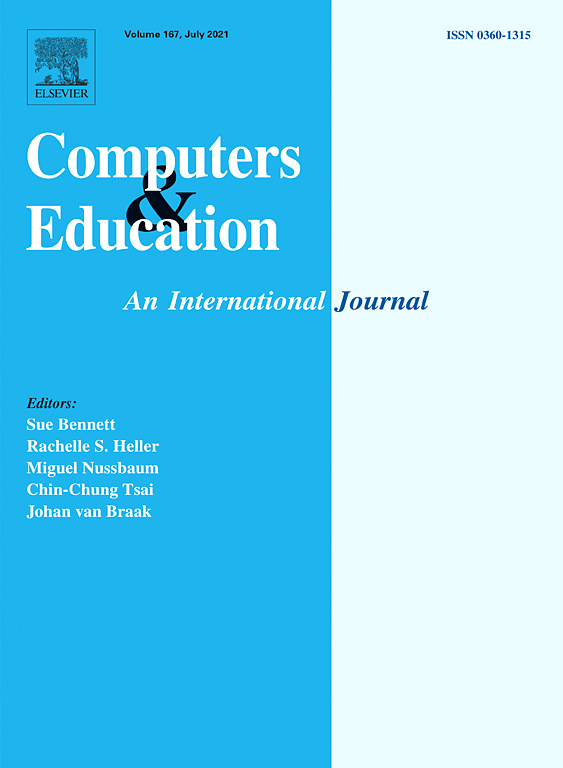
Internet safety in emerging educational contexts
Concern has arisen for the safety of children using the Internet to support their education outside the school context. Inappropriate material such as pornography, inflammatory and racist writings can be accessed both by accident and with deliberate intent to view. Children are also perceived to be at risk from approaches by strangers, particularly in web-based chat rooms. A survey of the international literature in this area highlighted worldwide concern for the safety of young Internet users and it was generally agreed that schools have a fundamental role in ensuring their safety. The survey findings indicated that a thorough audit of Internet Safety teaching and practices was a vital stage in examining these practices and informing future planning. This paper reports on the consequent audit of Internet Safety practices in over 500 schools from 27 Local Education Authorities (LEAs) across England, commissioned by Becta and conducted during the Summer term 2002. Independent, state and special schools were included in the survey at both primary and secondary levels. ICT advisors from the sampled LEAs and representatives of Internet Safety organisations were also invited to complete a linked questionnaire. A number of recommendations for Internet Safety teaching, in particular, ensuring that children are aware of safe practices for surfing the Internet in less regulated contexts outside the school, will be presented based on the evidence gathered in the survey. Additionally emerging concerns for Internet Safety practices in schools such as the technical and moral difficulties of filtering Internet access via mobile technologies will be highlighted.
By Jocelyn Wishart
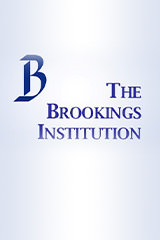
Youth Internet Safety: Risks, Responses, and Research Recommendations
As Internet use by children and teenagers increases, so do concerns about their online safety. Providing a safe environment requires an in-depth understanding of the types and prevalence of online risks young Internet users face, as well as of the solutions most effective in mitigating these risks.
By Adina Farrukh, Rebecca Sadwick, and John Villasenor
Finding and Selecting Information

A study of students' research skills as demonstrated in a record of search behavior on the internet
In this paper, we report the results of a web search study. The goal of the study is to record and analyze student web search behavior. We recorded a) how many distinct keywords were used per student and b) how many sites were explored. We also kept field notes to supplement the quantitative data. The study was conducted over a period of six months in Elementary and Middle schools in the U.S. and in Greece. Confirming anecdotal evidence and teacher insights, our results reveal students' poor basic research skills, demonstrated in the very low use of multiple keywords, cutting the research short when an answer has been identified on a site, and almost never evaluating the quality of the content. In light of these results, we suggest a four-unit curriculum for teaching research skills in Elementary and Middle Schools.
By Eleni Miltsakaki

Concepts of Online Text: Examining Online Literacy Skills of Elementary Students
Reading online text presents unique challenges for elementary students as they develop and extend fundamental literacy skills to various media. Traditional assessments of concepts about print inspired the authors’ research, which applies a similar approach to address “screen handling” instead of book handling. The purpose of their ongoing research has been to develop an instrument to assess concepts related to online reading. The Concepts of Online Text (COT) assessment measures knowledge of online navigation and text features. Quantitative analysis of student performance data using the COT has the potential to provide developmental insight into elementary students’ proficiencies in conducting internet research and to provide input to teachers for targeted instruction. In this article, the authors share results from administering the instrument to 80 elementary students in first through fifth grades.
By Jodi Pilgrim, Sheri Vasinda, Christie Bledsoe, and Elda E. Martinez
Critical Thinking

Point/Counterpoint: Is Technology Killing Critical Thinking?
This brief argument provides two sides of an argument about the intersections between technology and critical thinking. One author argues that technology has tremendous potential to make students smarter, but technology is a tool, not a solution. Another author argues ways in which technology is one of the most powerful tools in our schools today for developing critical-thinking skills.
By The International Society for Technology Education (ISTE)

The Interplay of Technology and Critical Thinking Skills in the 21st Century Blended Classroom
In this age of information technology and globalization there is an inherent need for students to be prepared in such a way that they use critical thinking skills proactively. With current available access to a vast number of sources of information, the profitable use of technology provides a series of challenges and opportunities for the learner. Traditional instruction emphasized a teacher-dominated, test-oriented, and mechanistic approach that provided little opportunities for developing students’ critical thinking skills. In the present age, the instructional strategies are more student-centered that focus on meeting diverse educational needs. The effective use of blended learning to enhance critical thinking skills will prepare the students for 21st century work-force. The position of the authors is that blended learning provides learning experiences that enable the development of critical thinking skills through the use of technology (in online settings), and inter-personal interactions in (face-to-face settings).
By Regina Giraldo-García, Mamta Roy, and Hatem Alotebi
Conclusion

Professor Garfield’s 21st Century Digital Literacy Project: Supporting K-5 Teachers in their Digital Literacy Instructional Efforts
To be digitally literate, an individual must be able to effectively make and share meaning in different modes and formats, effectively create, collaborate, and communicate in digital environments, and understand how and when technology can support these processes. However, K-5 teachers lack resources that adequately support their digital literacy instructional efforts. To overcome these challenges, we introduce a novel digital literacy instructional website that leverages the popularity of one of the world’s most well-known and beloved cartoon characters to deliver an age-appropriate, standards-based, cross-curricular digital literacy curriculum. A user experience and content study found that teachers offered overwhelmingly positive feedback regarding the content and pedagogical approach used to develop these novel resources.
